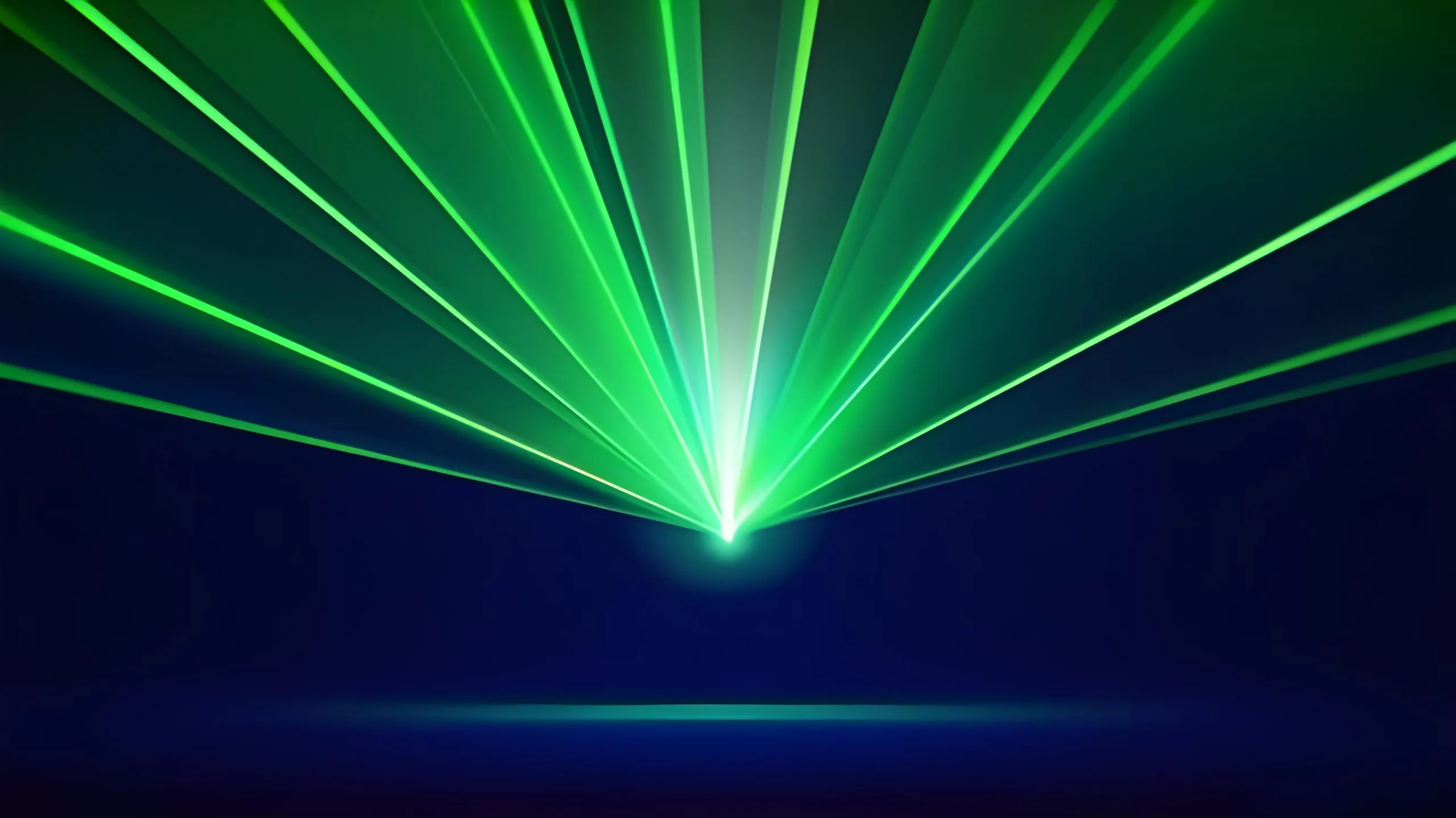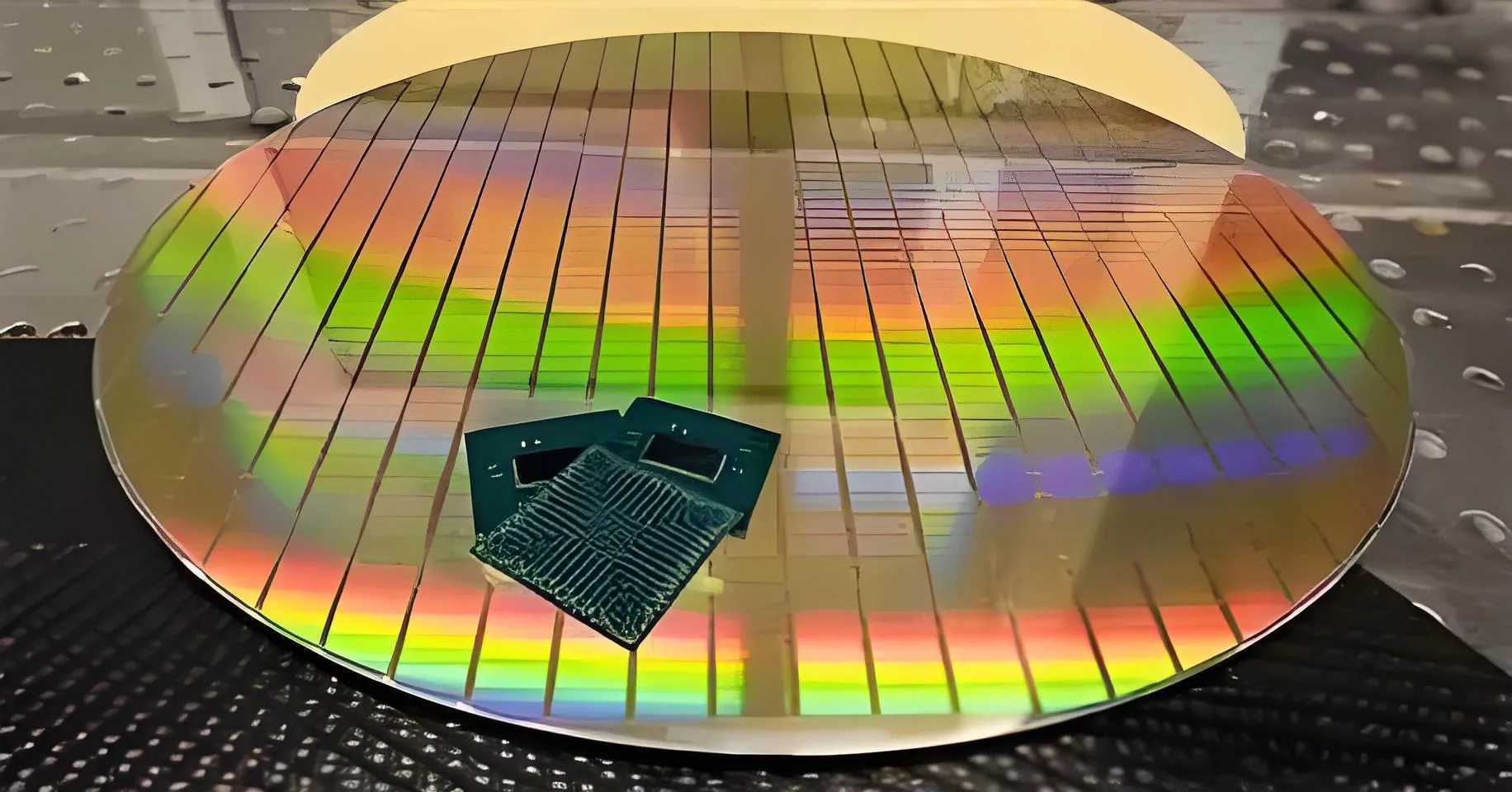
Glass Substrate: A Powerful Driver Reshaping the PCB Industry Landscape
In the printed circuit board (PCB) industry, glass substrates are quietly altering the landscape with an unprecedented presence. They are not only the core material for next-generation chip packaging but also a crucial force driving the development of high-performance computing, autonomous driving, the Internet of Things (IoT), and other fields. This article will take you on an in-depth journey into the definition, role, advantages, industry chain, market prospects, and competitive landscape of glass substrates, revealing how this industry giant is leading the new transformation of the PCB industry.
I. Definition and Role of Glass Substrates
Glass substrates, as the name suggests, are chip substrates made of glass. As the final protagonist in chip packaging, they carry chip dies, ensuring the stability of the chip structure while transmitting signals from the chip die to the package. Glass substrates have become an ideal choice for creating high-performance chip packaging due to their exceptional mechanical stability and higher interconnect density.

Glass Substrate
In the field of electronic component materials, glass substrates demonstrate immense potential. They not only provide ultra-low flatness, reducing pattern distortion and enhancing photolithography focus depth, but also achieve higher interconnect density, which is crucial for power transmission and signal routing in next-generation packaging. Additionally, the thermal and mechanical stability of glass substrates enables them to handle higher temperatures more effectively while efficiently managing the heat dissipation of high-performance chips.
II. Unique Advantages of Glass Substrates
The reason glass substrates stand out in the PCB industry lies in their unique physicochemical properties.
1.High Thermal Stability
The main component of glass is silicon dioxide, which is more stable at high temperatures. It can effectively manage the heat dissipation of high-performance chips, thereby extending equipment lifespan.
2.High Interconnect Density
Glass substrates can achieve higher interconnect density, significantly enhancing the connectivity of transistors within chip packaging. For instance, the number of holes on a glass substrate is much greater than on organic materials of the same area, and the spacing between glass via holes can be less than 100 micrometers, directly increasing interconnect density by 10 times.
3.Low Pattern Distortion
Glass substrates can reduce pattern distortion by 50%, improve photolithography focus depth, and ensure more precise and accurate semiconductor manufacturing.
4.High Flatness
Glass is easier to flatten, making packaging and photolithography simpler, which is crucial for next-generation system-in-package (SiP) technology.
III. Industry Chain and Market Prospects of Glass Substrates
The upstream of the glass substrate industry chain focuses on material manufacturing, including key links such as glass substrate manufacturing, optical filters, polarizers, and backlight modules. Due to high technical barriers, these links are monopolized by a few players, enjoying high market shares and profit margins.
The main production methods for glass substrates are the float process, overflow down-draw process, and slot down-draw process. More than 99% of the global TFT-LCD glass substrate supply is concentrated in a few manufacturers like Corning in the US and Asahi Glass in Japan. However, with the development of emerging markets, domestic enterprises such as Tongxu Optoelectronic and Rainbow Display are accelerating the substitution of imports, gradually increasing their market shares.

The market outlook for glass substrates.
Regarding market prospects, the global IC packaging substrate market is rapidly expanding and is expected to reach a size of $315.4 billion in 2029. With the rapid development of servers, 5G, artificial intelligence, big data, IoT, intelligent driving, and other fields, the demand for chips continues to grow. As the core material, IC packaging substrates have become the fastest-growing segment in the PCB industry. Glass substrates, as the latest trend in IC packaging substrates, are expected to have a penetration rate of over 50% within five years.
The market size of the glass substrate industry in China is continuously expanding, offering broad market prospects. According to data from the China Chamber of Commerce for Import and Export of Machinery and Electronic Products, the market size of glass substrates in China was approximately RMB 31 billion in 2022 and reached RMB 33.3 billion in 2023. With the popularization and upgrading of electronic products such as smartphones, tablets, and TVs, the demand for liquid crystal display devices is continuously increasing, driving the growth of the glass substrate market.
IV. Competitive Landscape of Glass Substrates
The glass substrate industry is technology and capital-intensive, with high barriers, intense competition, and high concentration. The global market is mainly monopolized by US and Japanese enterprises, such as Corning and Asahi Glass, which have significant technical advantages. However, with the rise of domestic enterprises, the competitive landscape is changing.
The competitive landscape of the glass substrate industry in China is stable but dominated by foreign enterprises. In 2022, foreign enterprises accounted for more than 70% of the market share in China’s glass substrate industry. However, with China’s increasing influence in the panel industry and continuous technological breakthroughs by domestic manufacturers, the localization of glass substrates is accelerating. For example, China’s first 8.5th-generation TFT-LCD glass substrate production line has been successfully ignited, marking the first time China has achieved localization of 8.5th-generation TFT-LCD ultra-thin float glass substrates.
V. Glass Substrates: A Powerful Driver of the PCB Industry
With their unique advantages, glass substrates are becoming a “powerful” driver of the PCB industry. They not only drive the development of high-performance computing, autonomous driving, IoT, and other fields but also lead the revolution in display technology. In LED display technology, glass substrates serve as key components, providing a stable physical platform and excellent optical performance, enabling higher resolution and finer image quality.
With continuous technological innovation and cost reduction, the application prospects of glass substrates will become broader. In the future, we can expect to see more innovative display products using glass substrates, bringing revolutionary changes to our visual experience.
Conclusion: Glass Substrates, A Powerful Force Reshaping the Industry Landscape
Glass substrates, the “powerful” driver in the PCB industry, are reshaping the industry landscape with their unique charm and unlimited potential. From definition and role to advantages, industry chain, market prospects, and competitive landscape, glass substrates are demonstrating their remarkable qualities. Let us look forward together to how this “powerful” driver will lead the PCB industry towards a more glorious future.
 UGPCB LOGO
UGPCB LOGO


Completely I share your opinion. Thought excellent, it agree with you.
Bravo, this phrase has had just by the way